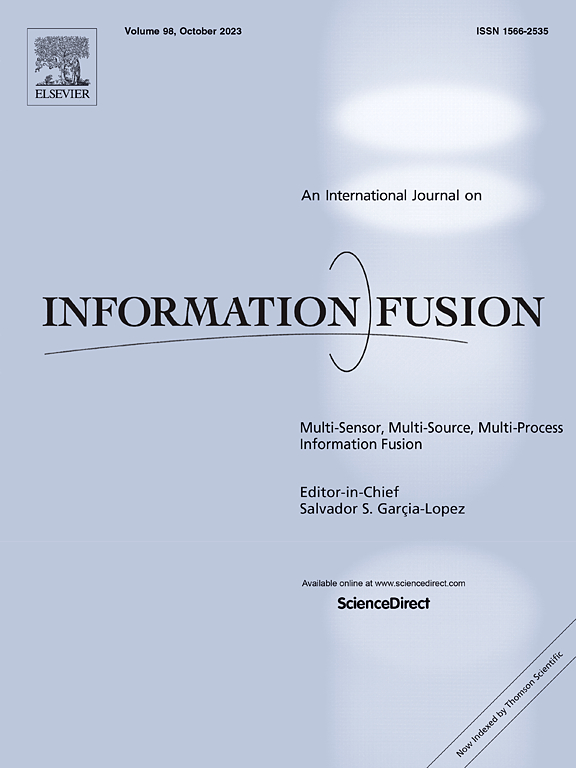Enhancing cross-domain generalization by fusing language-guided feature remapping
IF 14.7
1区 计算机科学
Q1 COMPUTER SCIENCE, ARTIFICIAL INTELLIGENCE
引用次数: 0
Abstract
Domain generalization refers to training a model with annotated source domain data and making it generalize to various unseen target domains. It has been extensively studied in classification, but remains challenging in object detection. Existing domain generalization object detection methods mainly rely on generative or adversarial data augmentation, which increases the complexity of training. Recently, vision-language models (VLMs), such as CLIP, have demonstrated strong cross-modal alignment capabilities, showing potential for enhancing domain generalization. On this basis, the paper proposes a language-guided feature remapping method, which leverages VLMs to augment sample features and improve the generalization performance of regular models. In detail, we first construct a teacher-student network structure. Then, we introduce a feature remapping module that remaps sample features in both local and global spatial dimensions to improve the distribution of feature representations. Concurrently, we design domain prompts and class prompts to guide the sample features to remap into a more generalized and universal feature space. Finally, we establish a knowledge distillation structure to facilitate knowledge transfer between teacher and student networks, enhancing the domain generalization ability of the student network. Multiple experimental results demonstrate the superiority of our proposed method.
求助全文
约1分钟内获得全文
求助全文
来源期刊

Information Fusion
工程技术-计算机:理论方法
CiteScore
33.20
自引率
4.30%
发文量
161
审稿时长
7.9 months
期刊介绍:
Information Fusion serves as a central platform for showcasing advancements in multi-sensor, multi-source, multi-process information fusion, fostering collaboration among diverse disciplines driving its progress. It is the leading outlet for sharing research and development in this field, focusing on architectures, algorithms, and applications. Papers dealing with fundamental theoretical analyses as well as those demonstrating their application to real-world problems will be welcome.
 求助内容:
求助内容: 应助结果提醒方式:
应助结果提醒方式:


